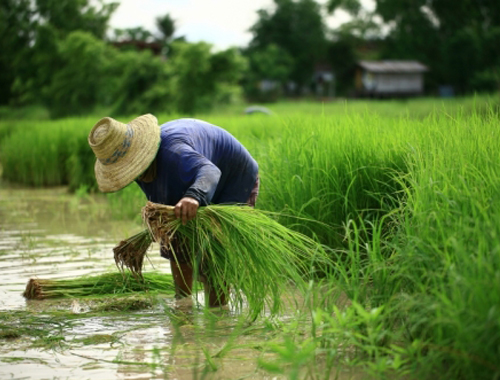Data Connections Activity
1.1 Synopsis1 of 4
Welcome
Economic Equality and Human Development
Using an interactive world map and current data, this activity explores various nations’ GINI index, which measures economic equality in a given society.
Click the 'Get Started' button below to start this activity

1.2 Economic Equality and Human Development2 of 4
The GINI Index
Human development is linked to economic development and equality around the world. The following map depicts a measure of economic equality in a given society, the GINI index. The GINI index measures how equal the distribution of wealth is. In a society with a GINI index of 0, everyone would have exactly the same amount of income. In a society with a GINI index of 100, one individual would have all the money. The map also shows the current life expectancy for many nations around the world. Notice that economic equality often seems to correlate with life expectancy—but not always.
Focus on each country to see the GINI index and current life expectancy for that location. If you use keyboard use arrows to navigate the map
Go to map
1.3 Economic Equality and Human Development3 of 4
Economic Equality and Human Development
If how long a person lives depended on genes, then national inequality would be irrelevant. Yet, that is not the case. The correlation between the GINI and life expectancy is usually negative—more inequality relates to shorter lives.

1. Compare two nations, one high and one low in the GINI.
1.4 Activity Completed!4 of 4
Congratulations! You have completed this activity.
REFERENCES
The World Bank. (2015). Population estimates and projections: Fertility and mortality by country. Retrieved from: http://datatopics.worldbank.org/hnp/popestimates#